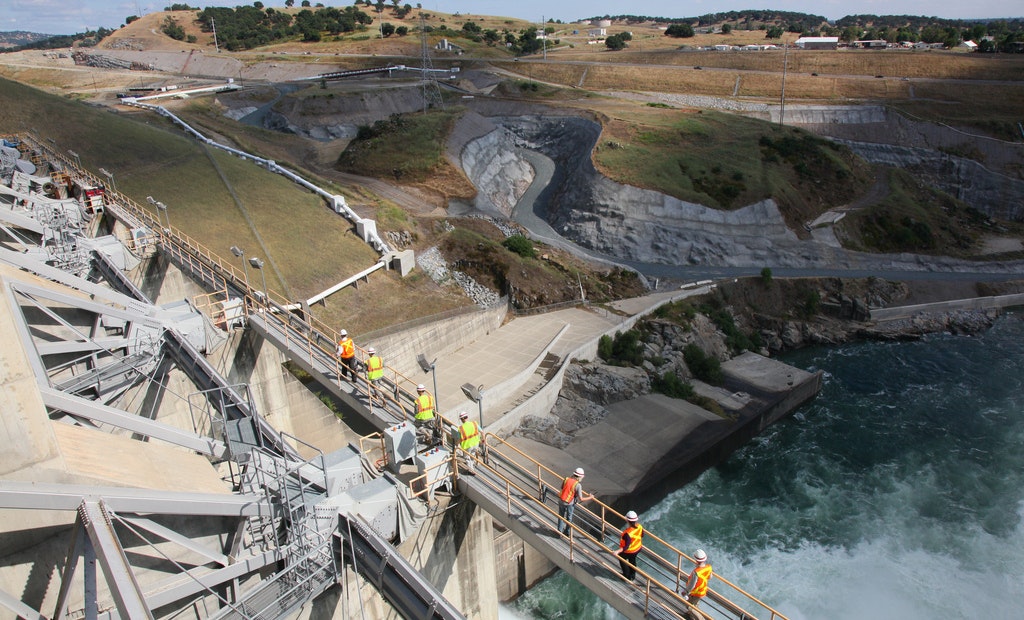
Interested in Infrastructure?
Get Infrastructure articles, news and videos right in your inbox! Sign up now.
Infrastructure + Get Alerts“If there’s no snowpack, there’s no water.”
A recent report by the New York Times highlights some of the challenges faced by the U.S. Bureau of Reclamation, including regional manager Drew Lessard, to address a dwindling water supply out West.
Drought and climate change have brought calls for action to rethink — and replace — an outdated infrastructure so that the nation’s largest wholesale water utility can obtain and distribute its product more efficiently.
The Bureau of Reclamation, which was created in 1902 by President Theodore Roosevelt, built and operates 476 dams, 348 reservoirs and more than 8,000 miles of aqueducts. According to the report, the bureau has begun studies on the impact of global warming on 22 Western basins and is drawing up plans to begin rebuilding its water management systems.
“We have to think differently,” Michael Connor, deputy secretary of the Interior Department, told the newspaper. “It’s not enough just to conserve water. We need to rethink these projects. We have a lot of infrastructure, but a lot of it doesn’t work very well anymore. We need to undertake what amounts to a giant re-plumbing project across the West.”
The impact of the lowest measured snowpack on record is already being felt at Folsom Dam in Folsom, California, where Lessard said the bureau’s engineers are prepared to install pumps in the likely event that the water level in the reservoir falls too low for the water to flow through the dam. The cost of this project is estimated to be $2 to $3 million.
That’s just the tip of the iceberg, however, and merely an emergency fix to what experts believe is a growing list of long-term problems associated with climate change, exacerbated by an ever-expanding population that relies on century-old infrastructure.
Some of the proposed solutions range from adding more reservoirs in regions that receive more rainfall, implementing computer-operated equipment to introduce “smart” irrigation methods, and completely overhauling the bureau’s vast system of aqueducts. The Bureau of Reclamation is also considering the construction of desalination plants, according to the report.
“The droughts of the future are going to be worse than the droughts of the past,” Lessard said. “We need state-of-the-art climate science to plan for that.”
Source: New York Times





